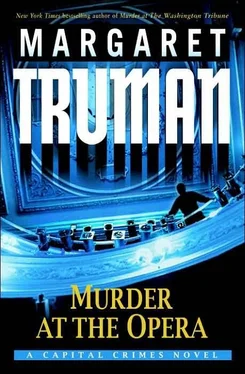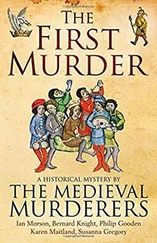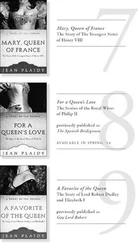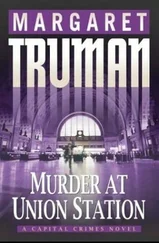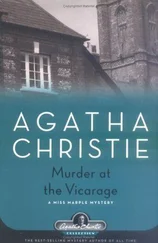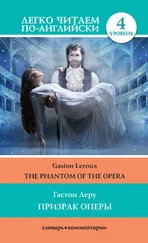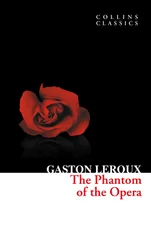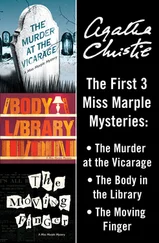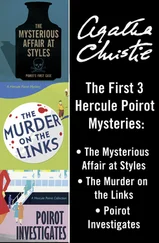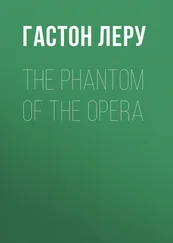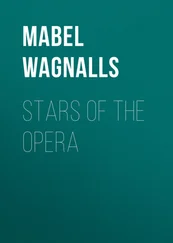
Margaret Truman
Murder at the Opera
Book 22 in the Capital Crimes series, 2006
To Sam Vaughan, who set the editorial bar high,
and who has always been there to boost me over it.
You are, Sam, simply the best editor a writer
could ever hope for.
As an honorary trustee of the Washington National Opera, I look with great pride upon the wonderful men and women who have guided it into the top tier of American opera companies. It’s only fitting that Washington should join other world capitals as being home to an outstanding opera company.
I thank Maestro Plácido Domingo, Washington National Opera’s general director, for allowing me to set this, my twenty-second book in the Capital Crime series, against the soaring splendor of his productions at the Kennedy Center. His remarkable talent and extraordinary artistic vision have inspired the men and women of the Washington National Opera to new heights, and the nation and its opera lovers are better for it. Bravo, Maestro!
And a special thanks to Jennifer Johnston, a delightful guide to the Washington National Opera, who opened up myriad doors, behind which few are privileged to see; to Bill Wooby, whose knowledge of the Washington arts scene has enriched more than one of my Capital Crime novels; to author and opera aficionado Charles Flowers; to my agent, Ted Chichak, whose knowledge and love of opera is extraordinary; and to opera critic John Shulson, for whom opera is no mystery.
Fifty years ago Day Thorpe, music critic of the now defunct Washington Star, decided along with a few like-minded souls that Washington, D.C., needed an opera company, and founded the Opera Society of Washington, later changed to the simpler Washington Opera, and in 2000 renamed the Washington National Opera by an act of Congress. This Congressional name change was not inconsequential. Not only did America now have its own official opera company, all fifty states had a stake in it, giving those who raise necessary funds for the company a broader potential source of financial support.
The Washington National Opera (WNO) has evolved and grown over the past five decades from a regional company into one of international acclaim. Its productions rival those of the leading opera companies of America – New York, Los Angeles, Chicago, Minneapolis, San Francisco -and the world.
In the beginning, performances were staged in small, cramped, borrowed theaters. But since 1971 it has staged its performances in the magnificent 2,300-seat Kennedy Center Opera House, and has been the resident opera company of the Kennedy Center ever since.
So, in reality, this book is about the Washington National Opera specifically, rather than the world of opera in general.
My decision to have people murdered at the Washington National Opera does not reflect actual events there. Of course, many great operas that have graced the stage of the Kennedy Center Opera House present murder in its most dramatic form, death throes onstage as long and lingering as the musical score calls for. But any relationship between the murdered and the murderers in this book, and those real people who make the Washington National Opera the actual, splendid institution that it is, is happily, purely coincidental.
Finally, my hat is off to those at the Washington National Opera who made the courageous decision to ignore the protests of curmudgeonly purists, and to use English supertitles to translate operas at the Kennedy Center. English supertitles, or surtitles, came into popular use in the early 1980s and have been instrumental in widening the audience for opera. They’ve also tempered the temptation to present foreign operas in English, as grievous a sin as belatedly coloring classic black-and-white motion pictures. As H. L. Mencken once said, “Opera in English is, in the main, just about as sensible as baseball in Italian.”
Or, as Sir Edward Appleton wrote in The Observer in 1955, “I do not mind what language opera is sung in so long as it is a language I don’t understand.”
Margaret Truman
New York
2006
She died quickly and with a modicum of suffering.
This came as no surprise. Unlike so-called crimes of passion which are invariably messy, drawn out, and painful, I’d planned her death.
She had to be eliminated because she knew something that I preferred she not know, which raised the possibility that she would pass it along to others. I couldn’t allow that.
Had knowing the victim made it easier or more difficult for me? Of course, having known her cast me as a suspect, along with dozens of others. Murderers who are strangers to their victims invariably stand a better chance of getting away with it. There was a brief temptation to enlist the aid of another person, someone outside our circle of acquaintances, but I quickly ruled that out. The fewer people who know about a murder, the better.
That the murder took place onstage at the Kennedy Center Opera House would lead one to believe that I have a flair for the dramatic. But that was not the reason the area was chosen as the place to ensure her silence. I’d considered a number of settings-her apartment, on the street, or in a secluded room in the Opera company’s rehearsal space at Takoma Park. She provided the answer by insisting that we meet on the stage that night, actually in the early morning hours, long after everyone was gone for the evening except perhaps for a couple of Kennedy Center security guards, who wouldn’t come into the theater unless given reason to, which I certainly didn’t intend to provide.
It should also be pointed out that my choice of a weapon had nothing-absolutely nothing-to do with the fact that the encounter took place on the Opera House’s main stage, where the Washington National Opera would soon present the latest production of Puccini’s warhorse, Tosca. Moments before dealing the fatal blow, I thought of the justified murder of the cruel, lecherous Scarpia in Tosca’s Act II. The major difference was that this slaying was committed in shadows and without onlookers, while Tosca’s stabbing of the cruel chief of the secret police would take place before thousands bearing witness to her defensible action. Of course, Tosca’s dramatic killing of Scarpia is make-believe. This one was very real; I did not break into the aria “Vissi D’arte” before completing the act, as Madame Tosca has done thousand of nights on grand stages around the globe.
The victim was eventually found, of course, although it took almost a full day. I’d placed the body in such a location where few would have reason to go under ordinary circumstances. When her body was discovered, there was a flurry of media and law enforcement activity, and much was made of the fact that the homicide took place inside the revered Kennedy Center, and in that institution’s Opera House, where betrayal, passion, intrigue, and murder take place on a regular basis-but only during performances on the main stage. The press had a field day with opera analogies, the weapon used, the setting, and the connection of the deceased with the Washington National Opera.
In the meantime, Tosca, and the larger comic opera that is Washington, D.C., itself, but that too often turns deadly-must, and did-go on.
And so must I.
“Mac, you must do it.”
“No.”
“It’s an honor, for you and for the school.”
“I don’t see anything honorable about middle-aged men dressed in loincloths strutting around carrying spears. I thought we’d progressed beyond that.”
Читать дальше
